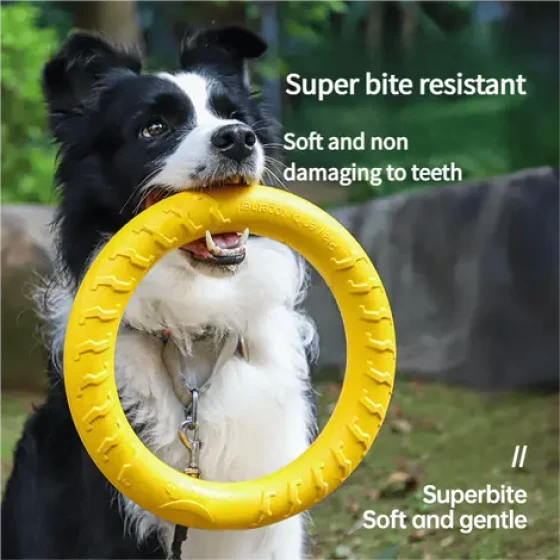Care Knowledge of Belgian Malinois

Malinois Dog
Adult male Belgian Malinois are prone to prostatitis, which is generally caused by bacterial infection and classified into acute and chronic types. When detected, medical attention should be sought timely; prolonged delays may lead to complications such as prostate enlargement, prostate cysts, and prostate cancer.
Diagnosis
Acute prostatitis has easily diagnosable clinical symptoms, such as fever, lethargy, and loss of appetite. Due to pain, movement is slow and gait is stiff. Constipation and tenesmus may also be present. Rectal and abdominal palpation can detect prostate enlargement and tenderness. Prostatic abscess shows fluctuance and no semen can be collected. Dogs with prostatic abscess may have difficulty urinating or urinary retention. Chronic prostatitis rarely shows obvious clinical symptoms. Owners often bring dogs to the clinic after noticing blood or pus during the dog’s first morning urination or around its resting area. Rectal and abdominal palpation may detect symmetrical or asymmetrical prostate enlargement without pain. Depending on disease duration, the prostate texture varies from hard to soft and may show fluctuation. White blood cells increase in acute cases. Bacterial culture of exudate and semen aids diagnosis. X-rays and ultrasound show prostate enlargement. Ultrasound in prostatic abscess cases reveals localized fluid hypoechoic areas.
Prevention and Treatment
First, empty the bladder urine, then massage the prostate through the rectum to collect prostatic fluid for culture and drug sensitivity testing to select antibiotics, combined with symptomatic treatments like antipyretics, analgesics, laxatives, and catheterization. If prostatic abscess does not respond to these methods, surgical incision and drainage with external fistula may be required. When drug sensitivity testing is impractical for Belgian Malinois, trimethoprim-sulfamethoxazole, gentamicin, and erythromycin can be chosen due to their severalfold higher concentrations in the prostate than plasma, beneficial for treatment. For erythromycin, the total daily dose is 10mg per 450g body weight, divided into 3 doses every 8 hours. Sodium bicarbonate (0.2–0.3mg per 450g body weight daily) may be administered concurrently. Chloramphenicol is another option at 25mg per 450g body weight, divided into 3 oral doses every 8 hours. Antibiotic treatment should persist for at least 2 weeks. Microbial culture of semen should be performed 5 days after stopping medication, then monthly for at least 2 consecutive months with negative results to confirm cure. Clinical experience shows neutering promotes recovery. If a dog experiences prolonged difficulty urinating, or urine with blood or pus, owners must not ignore these signs and should seek veterinary care promptly.



-560x560.webp)

